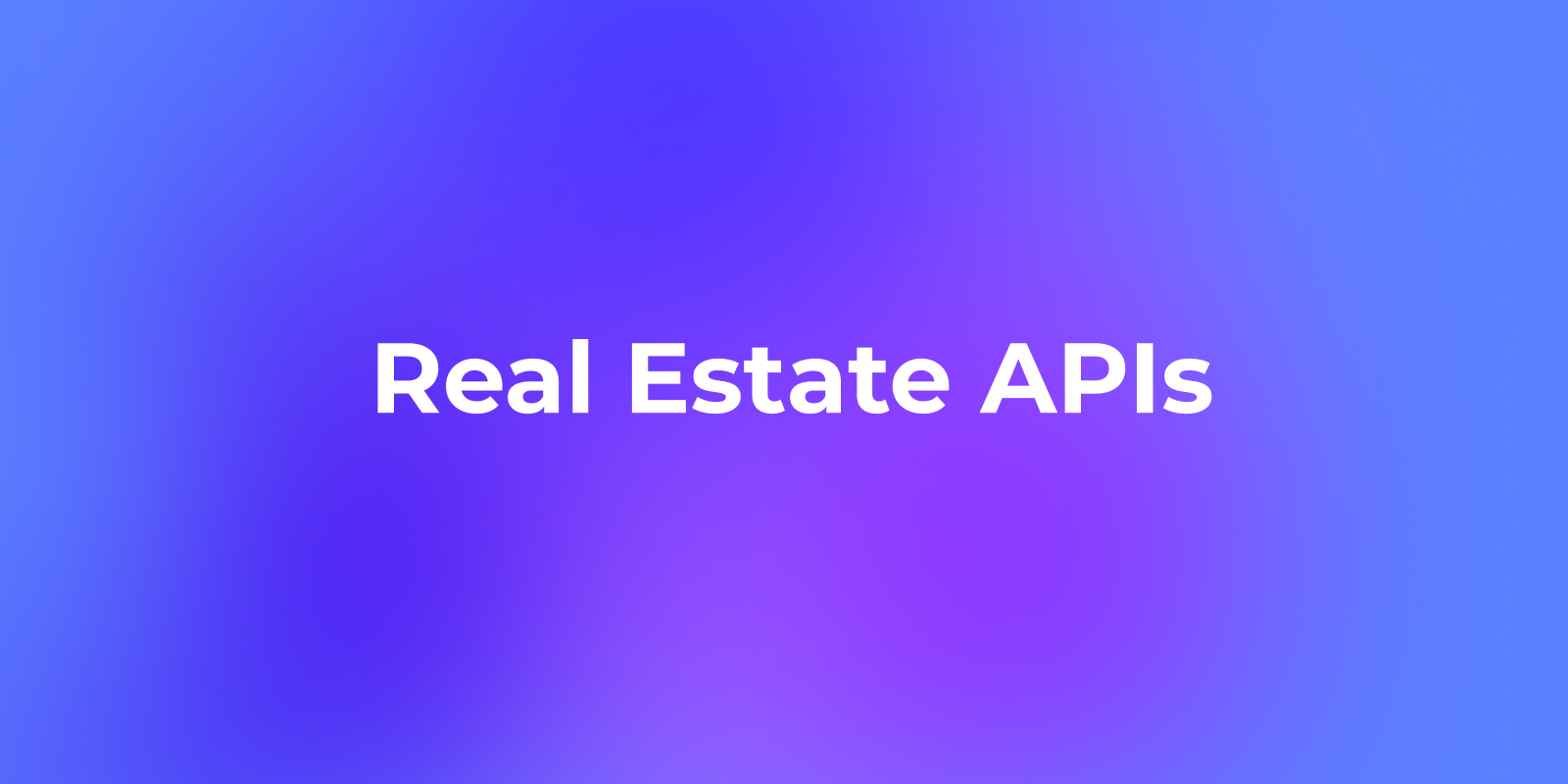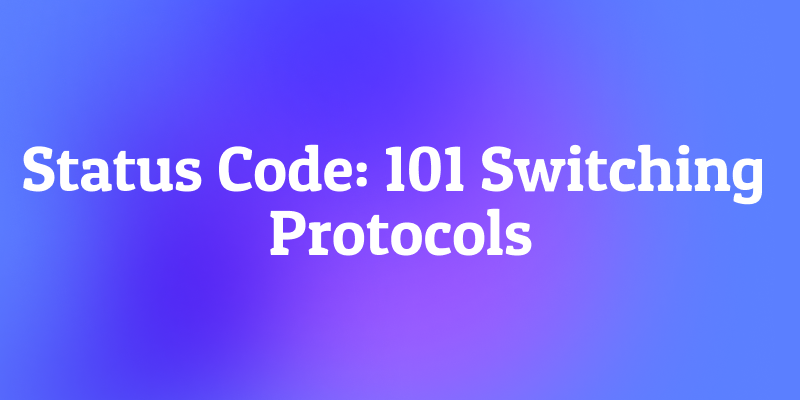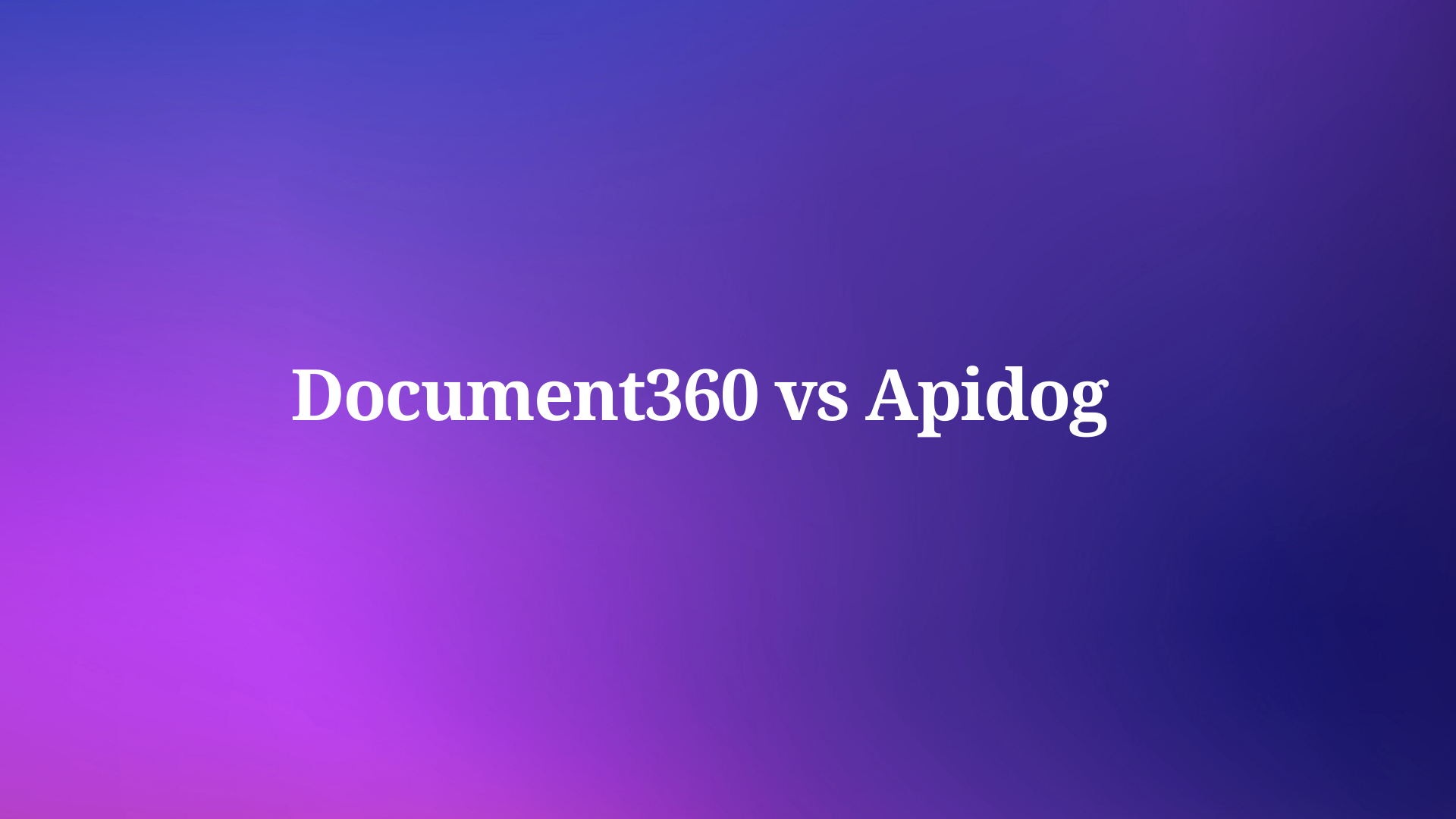Hey there, fellow developers! Today, we're going to dive into the riveting world of Python web frameworks and explore the epic clash between two titans: FastAPI and Flask. Buckle up, because this is going to be a rollercoaster ride filled with insights, comparisons, and maybe even a touch of lighthearted banter.
What are APIs and Why Do They Matter?
Before we dive into the specifics of FastAPI and Flask, it's essential to understand the pivotal role APIs play in today's interconnected digital landscape. APIs act as universal translators, enabling different software systems to communicate and share data seamlessly, regardless of their underlying technologies or programming languages.
In today's API-driven world, businesses rely heavily on APIs to power their mobile applications, integrate with third-party services, and expose their own functionality to partners and customers. As such, the choice of an API framework can have a profound impact on the performance, scalability, and maintainability of your software applications.
Introducing FastAPI and Flask
Fast API, a relative newcomer to the Python web framework scene, was developed by Sebastián Ramírez and has quickly gained popularity among developers for its modern approach to building APIs. With features like automatic data validation, asynchronous support, and an intuitive developer experience, FastAPI promises to streamline the API development process while delivering exceptional performance.

On the other hand, Flask, created by Armin Ronacher, is a battle-tested veteran in the Python web development ecosystem. Known for its simplicity, extensibility, and lightweight nature, Flask has been a go-to choice for many developers building web applications and APIs alike. Its flexibility and ease of use have made it a popular choice for projects of varying complexity.


Performance and Speed: FastAPI vs Flask
In the realm of APIs, speed and performance are paramount. Whether you're serving up data to hungry web applications or handling millions of requests per second, your API needs to be lightning-fast to provide an optimal user experience and ensure efficient resource utilization.
FastAPI excels in this regard, leveraging its async capabilities and high-performance data validation to handle an unprecedented volume of requests with minimal overhead. Its cutting-edge architecture and optimized codebase make it a top contender for building high-performance, data-intensive APIs that require exceptional speed and scalability.
Flask, while not quite matching the sheer speed of FastAPI, still delivers solid performance and can handle most workloads with ease. Its lightweight nature and efficient request handling make it a reliable choice for building APIs that don't have extreme performance requirements or for projects where simplicity and ease of development take precedence.
Developer Experience with FastAPI and Flask
In addition to performance, a great developer experience is crucial for maximizing productivity and fostering a positive development workflow. Both FastAPI and Flask prioritize developer experience, but they approach it differently.
FastAPI shines with its intuitive API documentation, automatic data validation, and robust editor support. Its opinionated approach and adherence to best practices help developers avoid common pitfalls and streamline the development process. From auto-generated interactive documentation to seamless integration with popular tools like OpenAPI and JSON Schema, FastAPI aims to provide a delightful experience for developers.
Flask, on the other hand, offers a smooth developer experience through its simplicity and lightweight nature. While it may require more manual configuration and setup compared to FastAPI's more opinionated approach, Flask's flexibility and minimalistic design make it easy to pick up and get started quickly, especially for those familiar with its conventions and ecosystem.
Ecosystem and Community - Strength in Numbers
No framework is an island, and the strength of a framework's ecosystem and community can significantly impact its long-term success and adoption. A vibrant and active community not only fosters collaboration and knowledge sharing but also drives the development of new libraries, tools, and resources, further enhancing the framework's capabilities.
Flask, being a well-established framework in the Python web development ecosystem, boasts a vast and thriving community with a rich collection of extensions, libraries, and resources. Whether you need to integrate with a specific database, add authentication to your API, or implement advanced features, chances are someone has already built a Flask extension or library to meet your needs.
While FastAPI is a relatively new player in the Python API framework space, it has been rapidly gaining momentum and attracting a growing community of developers. As more and more developers embrace FastAPI for its modern approach and exceptional performance, the ecosystem is expanding rapidly, with new libraries and tools being developed to extend its functionality and cater to diverse use cases.
Use Cases - When to Use FastAPI or Flask
Ultimately, the choice between FastAPI and Flask often comes down to your specific use case and requirements. Both frameworks have their unique strengths and weaknesses, and it's crucial to select the right tool for the job to ensure optimal performance, scalability, and maintainability.
If you're building a high-performance, data-intensive API that needs to handle a large volume of requests with minimal overhead, FastAPI is likely the better choice. Its async capabilities, lightning-fast performance, and modern feature set make it an ideal candidate for building robust and scalable APIs that power mission-critical applications.
On the other hand, if you're working on a smaller project, a traditional web application with API components, or an application where simplicity and flexibility are paramount, Flask might be the way to go. Its lightweight nature, ease of use, and extensive ecosystem make it a great option for quickly prototyping ideas, building APIs with moderate performance requirements, or integrating with existing web applications.
How to test Fast Api and Flask with Apidog
Testing Fast API and Flask applications is easy and enjoyable with Apidog. Apidog is a collaborative API development platform that allows you to design, document, mock, and test your APIs with ease.
You can use Apidog to test your Fast API and Django applications, by following these steps:
Creating a New Project:
- Initiate a new project by clicking the "New Project" button on the right side of the interface. Provide a suitable name for the project and select the project type.

Creating and Testing APIs:
- Users can create new APIs and apply various methods to their requests. For instance, testing the GET method for a localhost can be done by assuming a URL like "http://localhost:8000/api/items/". The platform provides a user-friendly interface to input the URL, send the request, and examine the response.

Validating Responses:
- Responses to requests can be checked in the designated Response section. Valid responses are displayed, while validation errors are highlighted in case of issues. It is crucial to ensure that all API-generating steps have been executed accurately

By using Apidog, you can test your Fast API and Django applications in a fast and easy way, and ensure that your API meets the quality and reliability standards.
Conclusion
Alright, folks, we've explored the key differences between FastAPI and Flask, and it's time to render our verdict. But you know what? There doesn't have to be a clear winner or loser here.
Both frameworks are excellent choices for building APIs in Python, and the "best" one ultimately depends on your specific needs and preferences. FastAPI excels at high-performance, data-intensive APIs, while Flask shines in its simplicity and flexibility for smaller projects or traditional web applications.




